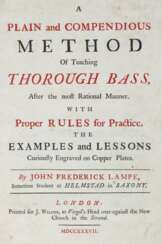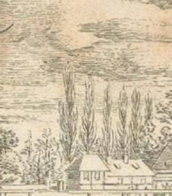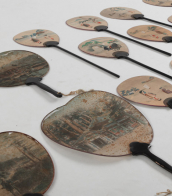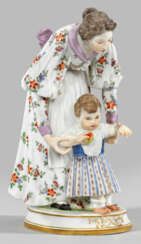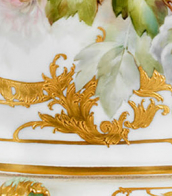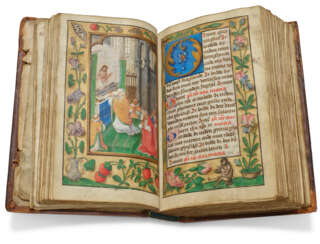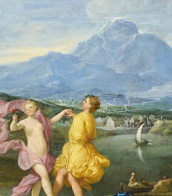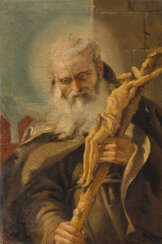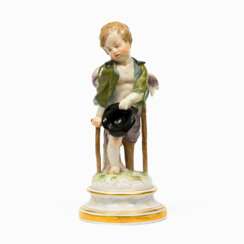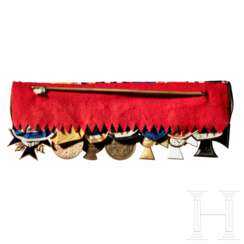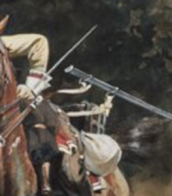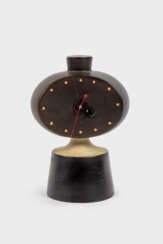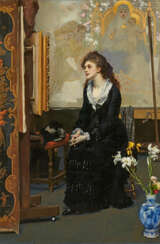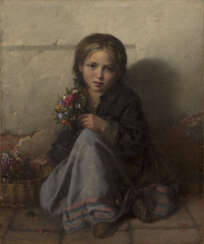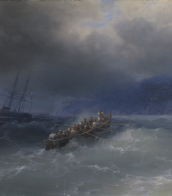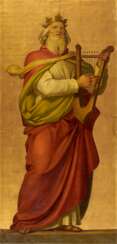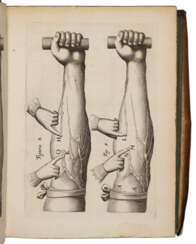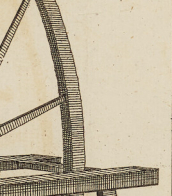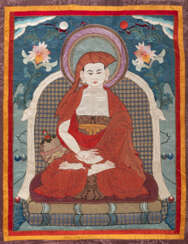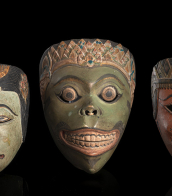teaching model
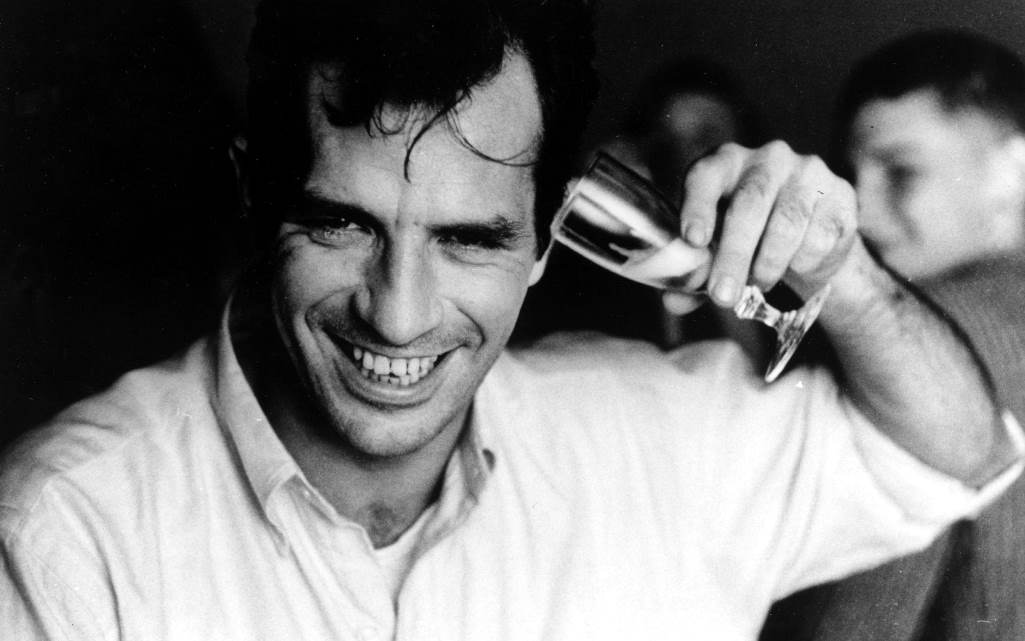
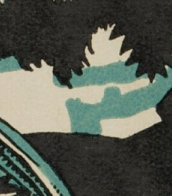
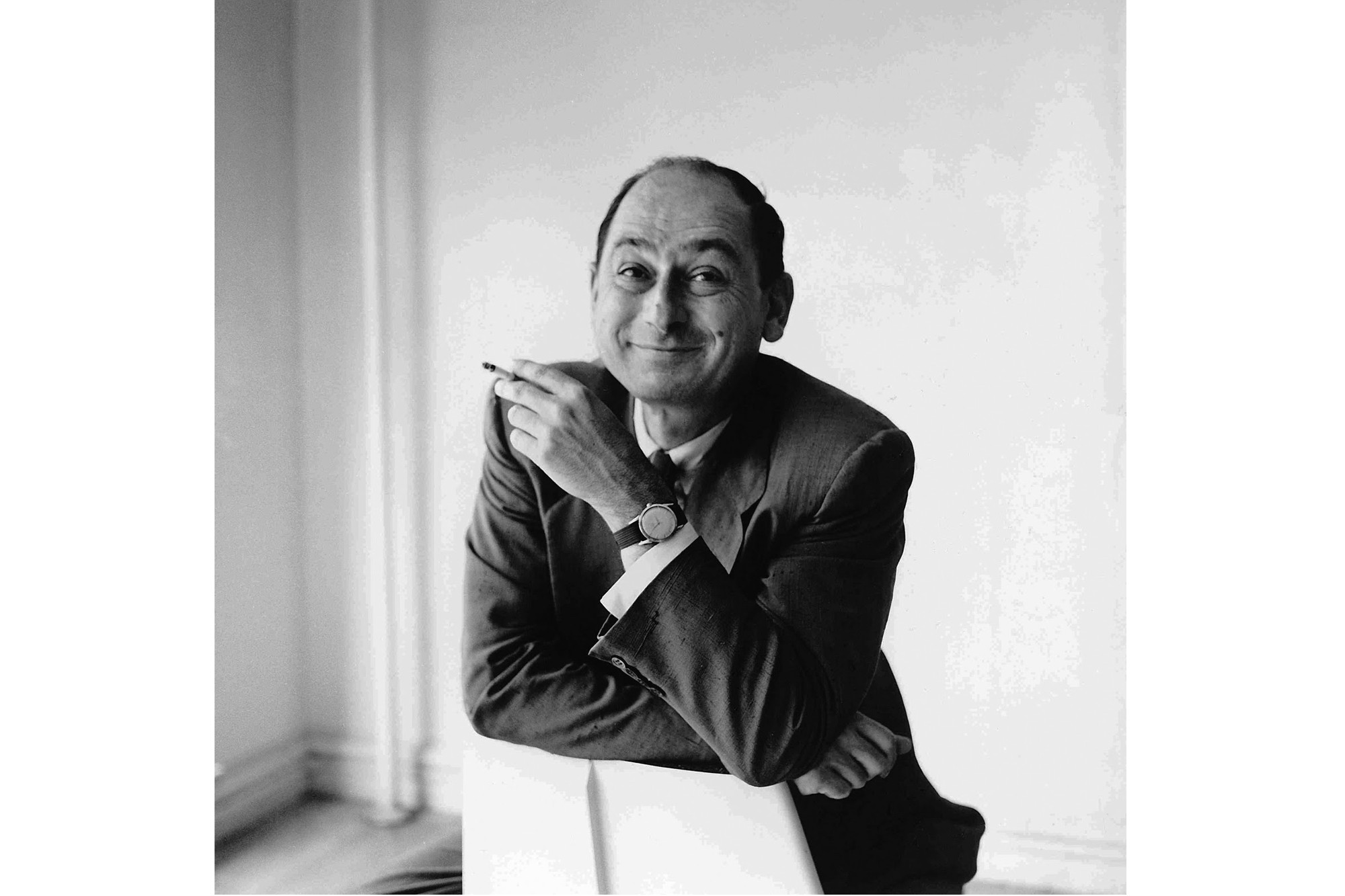
George Nelson was an American industrial designer. While lead designer for the Herman Miller furniture company, Nelson and his design studio, George Nelson Associates, designed 20th-century modernist furniture. He is considered a founder of American modernist design.
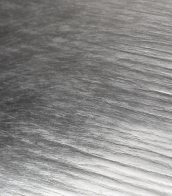
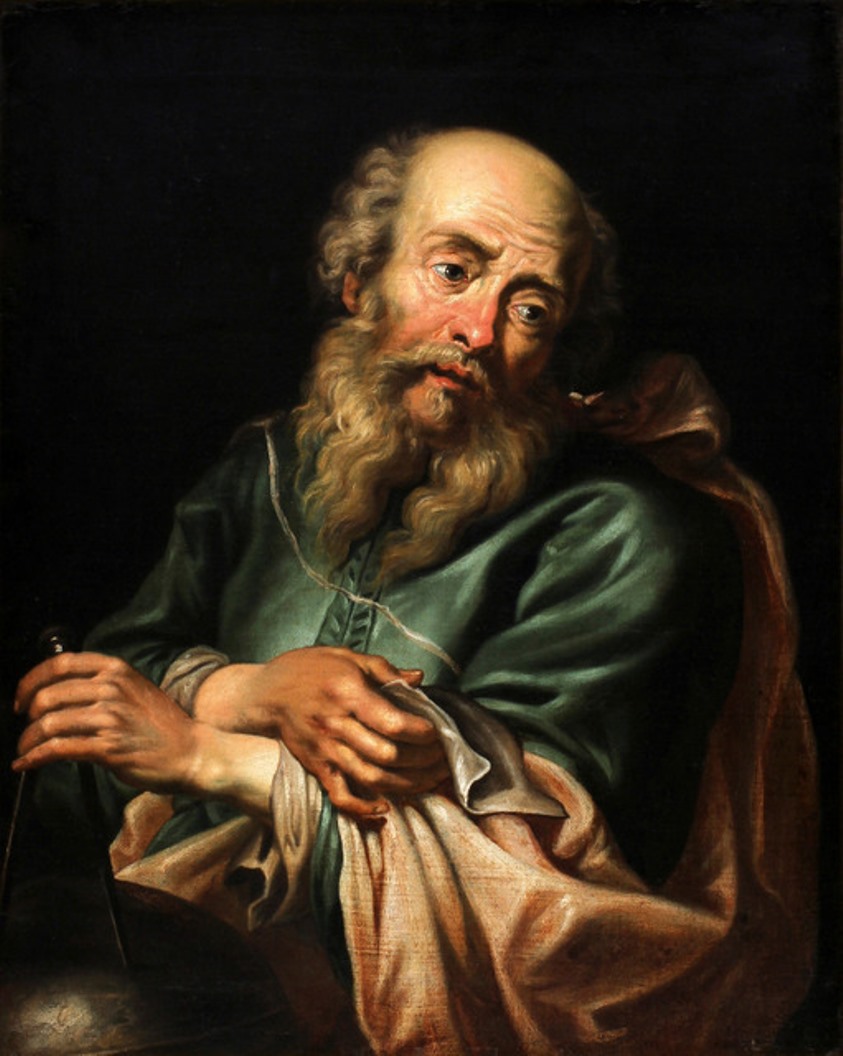
Galileo Galilei was an Italian naturalist, physicist, mechanic, astronomer, philosopher, and mathematician.
Using his own improved telescopes, Galileo Galilei observed the movements of the Moon, Earth's satellites, and the stars, making several breakthrough discoveries in astronomy. He was the first to see craters on the Moon, discovered sunspots and the rings of Saturn, and traced the phases of Venus. Galileo was a consistent and convinced supporter of the teachings of Copernicus and the heliocentric system of the world, for which he was subjected to the trial of the Inquisition.
Galileo is considered the founder of experimental and theoretical physics. He is also one of the founders of the principle of relativity in classical mechanics. Overall, the scientist had such a significant impact on the science of his time that he cannot be overemphasized.
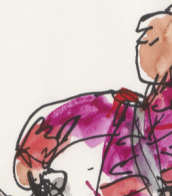

Galileo Galilei was an Italian naturalist, physicist, mechanic, astronomer, philosopher, and mathematician.
Using his own improved telescopes, Galileo Galilei observed the movements of the Moon, Earth's satellites, and the stars, making several breakthrough discoveries in astronomy. He was the first to see craters on the Moon, discovered sunspots and the rings of Saturn, and traced the phases of Venus. Galileo was a consistent and convinced supporter of the teachings of Copernicus and the heliocentric system of the world, for which he was subjected to the trial of the Inquisition.
Galileo is considered the founder of experimental and theoretical physics. He is also one of the founders of the principle of relativity in classical mechanics. Overall, the scientist had such a significant impact on the science of his time that he cannot be overemphasized.
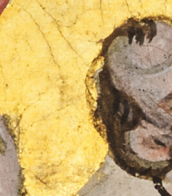

Galileo Galilei was an Italian naturalist, physicist, mechanic, astronomer, philosopher, and mathematician.
Using his own improved telescopes, Galileo Galilei observed the movements of the Moon, Earth's satellites, and the stars, making several breakthrough discoveries in astronomy. He was the first to see craters on the Moon, discovered sunspots and the rings of Saturn, and traced the phases of Venus. Galileo was a consistent and convinced supporter of the teachings of Copernicus and the heliocentric system of the world, for which he was subjected to the trial of the Inquisition.
Galileo is considered the founder of experimental and theoretical physics. He is also one of the founders of the principle of relativity in classical mechanics. Overall, the scientist had such a significant impact on the science of his time that he cannot be overemphasized.

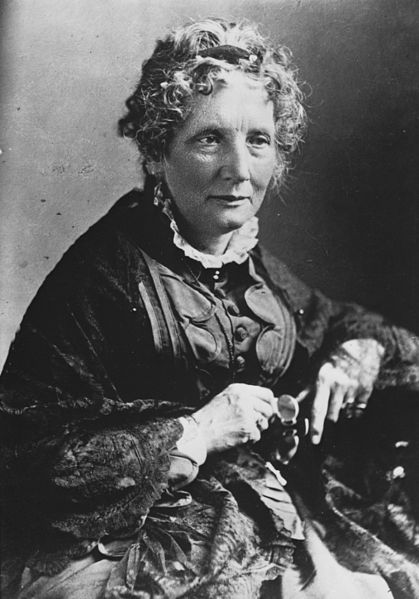
Harriet Beecher Stowe, full name Harriet Elisabeth Beecher Stowe, was an American writer and poet, an activist for the eradication of slavery in the country.
Beecher Stowe is the author of the world-famous novel Uncle Tom's Cabin. Published first in a newspaper and first published as a book in 1852, it aroused widespread anger in the country and galvanized the fight against slavery in the southern United States. This novel was later reprinted many times in all languages of the world and has been screened more than once.
In her youth, Beecher Stowe received an academic education, wrote poetry, notes and essays on social topics. In addition to "The Shack", she wrote several other novels and was engaged in teaching.
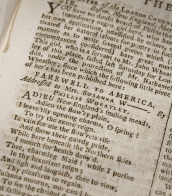
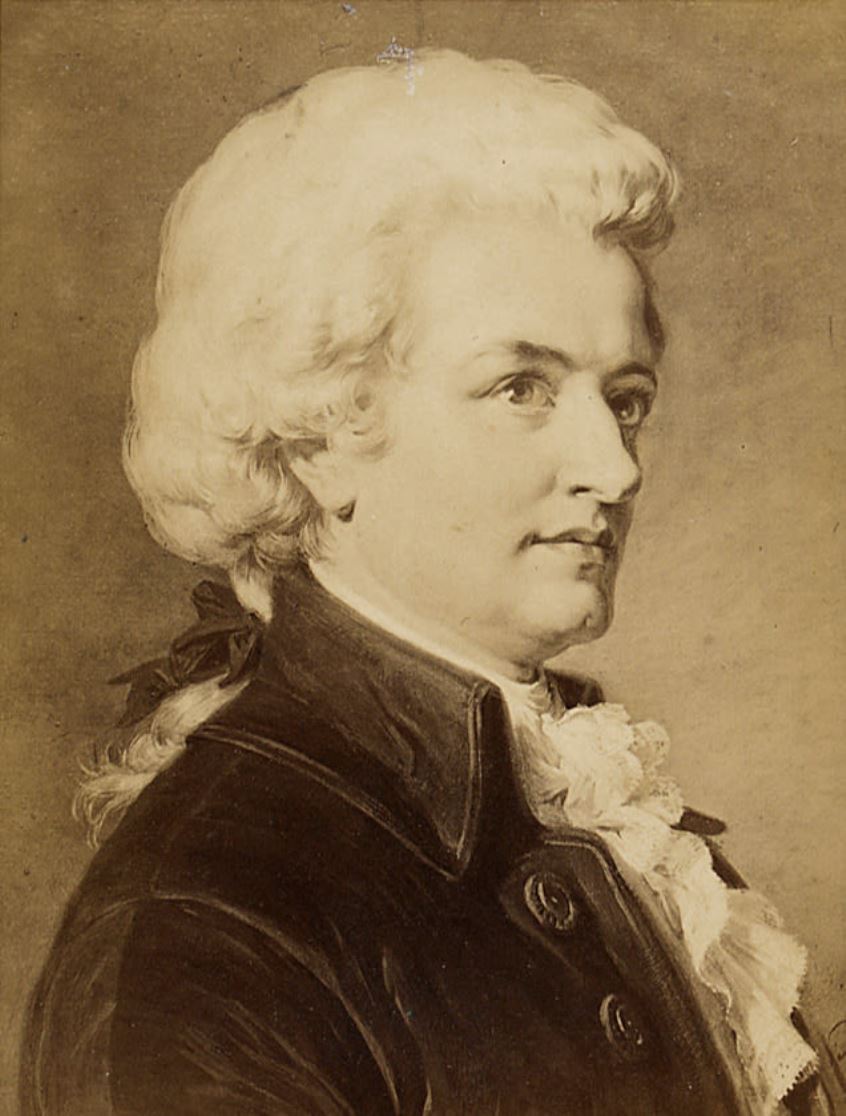
Wolfgang Amadeus Mozart, full name Johann Chrysostomus Wolfgang Amadeus Mozart, was an Austrian composer and virtuoso musician. Mozart is one of the greatest composers in music history on par with Beethoven and Haydn.
Wolfgang was born into the family of violinist and composer Leopold Mozart (1719-1787), at the age of five he had already begun composing and gave his first public performance. His older sister Maria Anna (1751-1829) was also a prodigy, and from 1763 Leopold and his children began traveling around Europe with performances.
Mozart had a phenomenal musical ear, memory and was a superb improviser. Unlike any other composer in music history, he was versatile and wrote in all musical genres of his time. During his short life, Mozart composed more than 800 works, many of which are recognized as the pinnacle of the symphonic, concert, chamber, opera and choral repertoire. The general public is familiar with the composer's three operas: The Marriage of Figaro, Don Giovanni and The Magic Flute.
Society did not immediately appreciate the scale of Mozart's genius. It was only many years later that the vivid image of a prodigy, a refined salon composer who could miraculously think through an entire work in his head, gave way to the image of a serious, meticulous and brilliant creator of music.

.jpg)
Gerhard Marcks was a German artist, known primarily as a sculptor, but who is also known for his drawings, woodcuts, lithographs and ceramics.
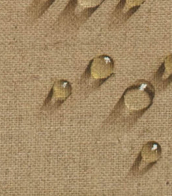
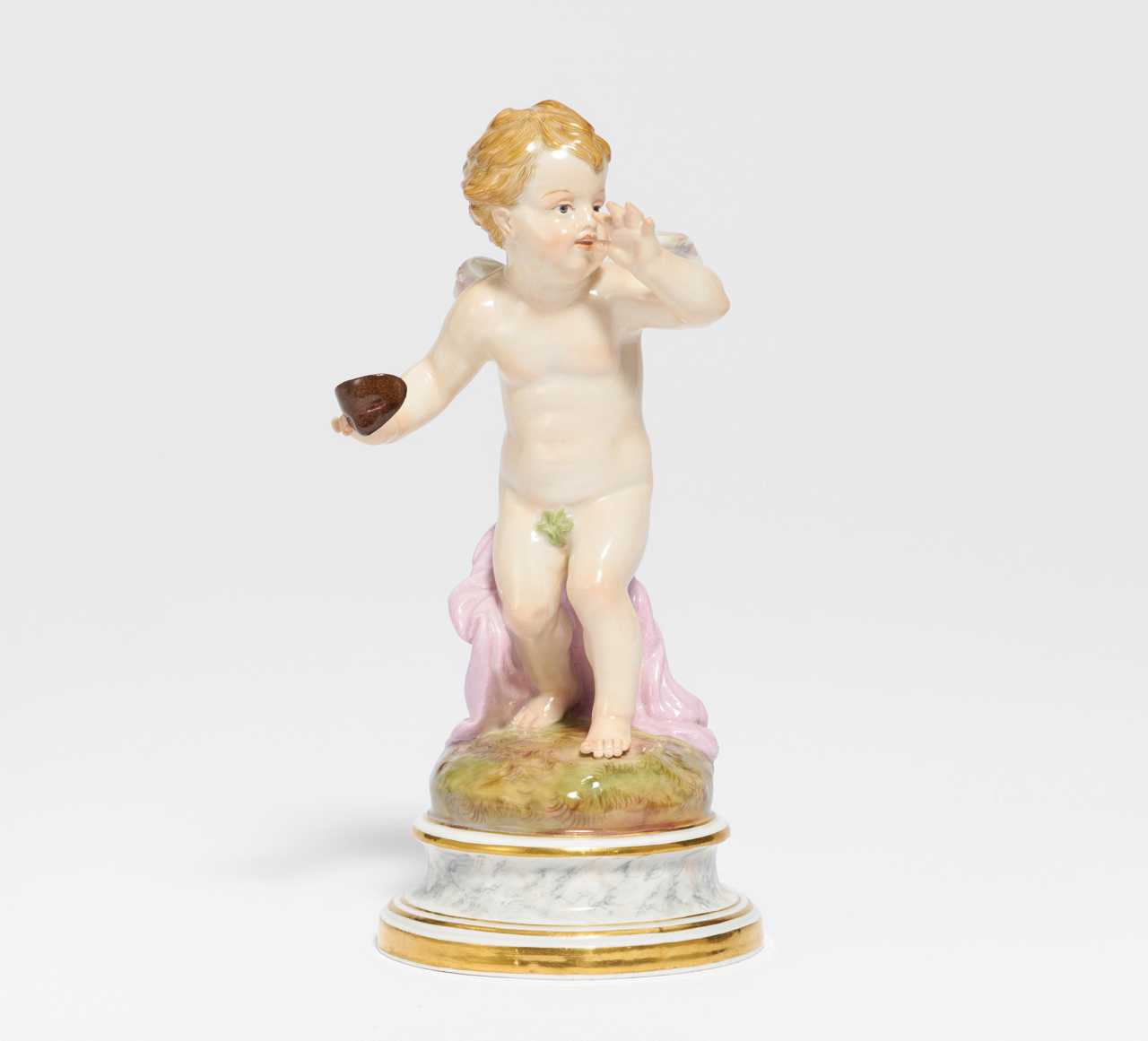
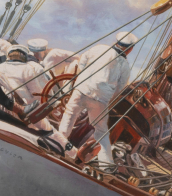

George Nelson was an American industrial designer. While lead designer for the Herman Miller furniture company, Nelson and his design studio, George Nelson Associates, designed 20th-century modernist furniture. He is considered a founder of American modernist design.
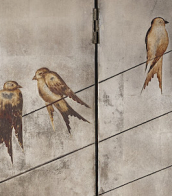
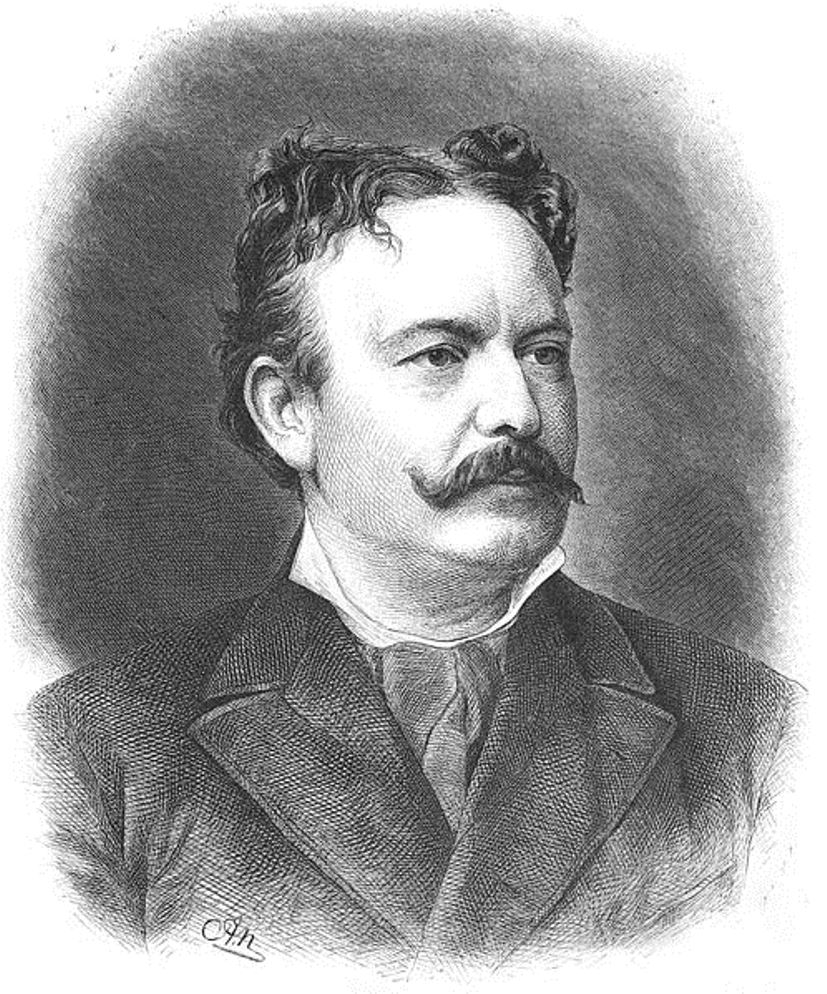
Karl Gussow or Carl Gussow was a German realist painter of the 19th century.
Gussow began his painting studies at the Saxon Art School in Weimar and traveled to Italy. He later worked with the Belgian painter-historian Ferdinand Pauwels, who greatly influenced his style.
Gussow was active as a genre and portrait painter. Over time, his work became characterized by an almost photographic realism, which was not only admired but also criticized, as it was a completely new direction.
Karl Gussow lived in Karlsruhe and Berlin, where he maintained a private ladies' studio, later founding another private painting school. He obtained a position at the Karlsruhe Academy of Fine Arts, also worked at the Prussian Academy of Fine Arts and taught at the Munich Academy of Fine Arts.
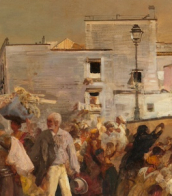
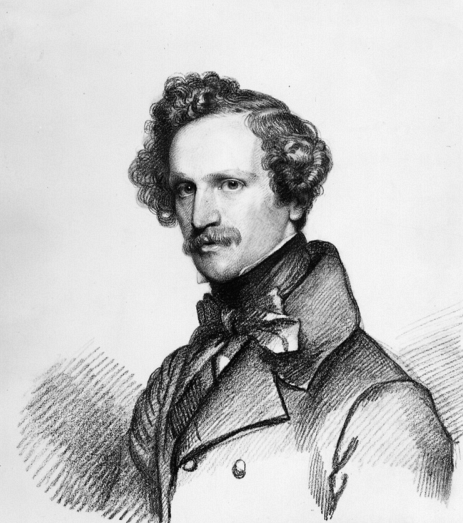
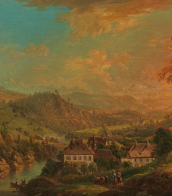
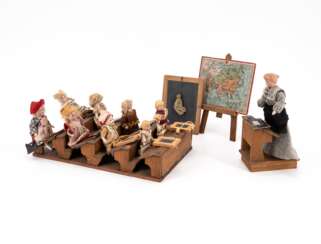

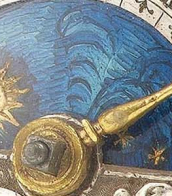


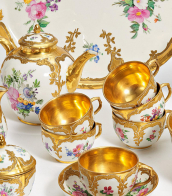
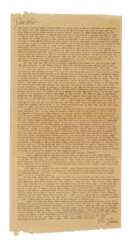

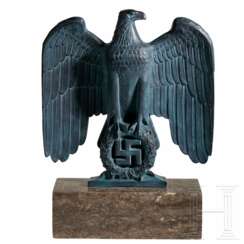

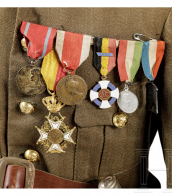


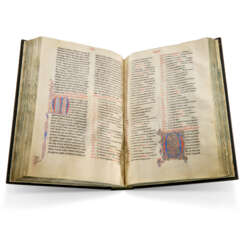


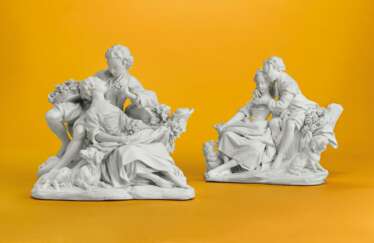

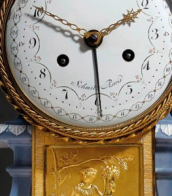
![GALILEI, Galileo (1564-1642) and Buonardo SAVI [Urbano D'AVISO, (b. 1618)]](/assets/image/picture_2278820/c8c28/3440ffce0de14252ed0fdd5dfd1e0dce1657663200jpg__fix_374_244.jpeg)
![GALILEI, Galileo (1564-1642) and Buonardo SAVI [Urbano D'AVISO, (b. 1618)]](https://veryimportantlot.com/assets/image/picture_2278820/c8c28/3440ffce0de14252ed0fdd5dfd1e0dce1657663200jpg__fix_374_244.jpeg)
![GALILEI, Galileo (1564-1642) and Buonardo SAVI [Urbano D'AVISO, (b. 1618)]](/assets/image/picture_2585859/5511a/5df8046dee7c236b789d01f99a324ec11670972400jpg__fix_374_244.jpeg)
![GALILEI, Galileo (1564-1642) and Buonardo SAVI [Urbano D'AVISO, (b. 1618)]](https://veryimportantlot.com/assets/image/picture_2585859/5511a/5df8046dee7c236b789d01f99a324ec11670972400jpg__fix_374_244.jpeg)
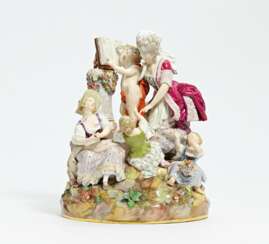

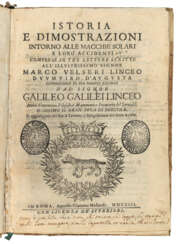

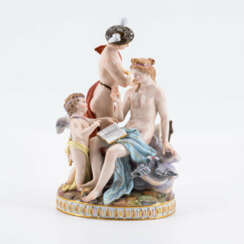

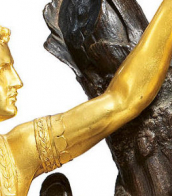
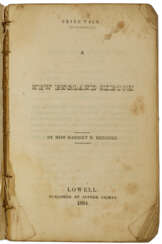

![[Wolfgang Amadeus Mozart (1756-1791)] – Thomas Attwood (1765-1838)](/assets/image/picture_3620327/20129/83326a0548268312f6e828e1f8c2ff0c1701428400jpg__fix_374_244.jpeg)
![[Wolfgang Amadeus Mozart (1756-1791)] – Thomas Attwood (1765-1838)](https://veryimportantlot.com/assets/image/picture_3620327/20129/83326a0548268312f6e828e1f8c2ff0c1701428400jpg__fix_374_244.jpeg)
